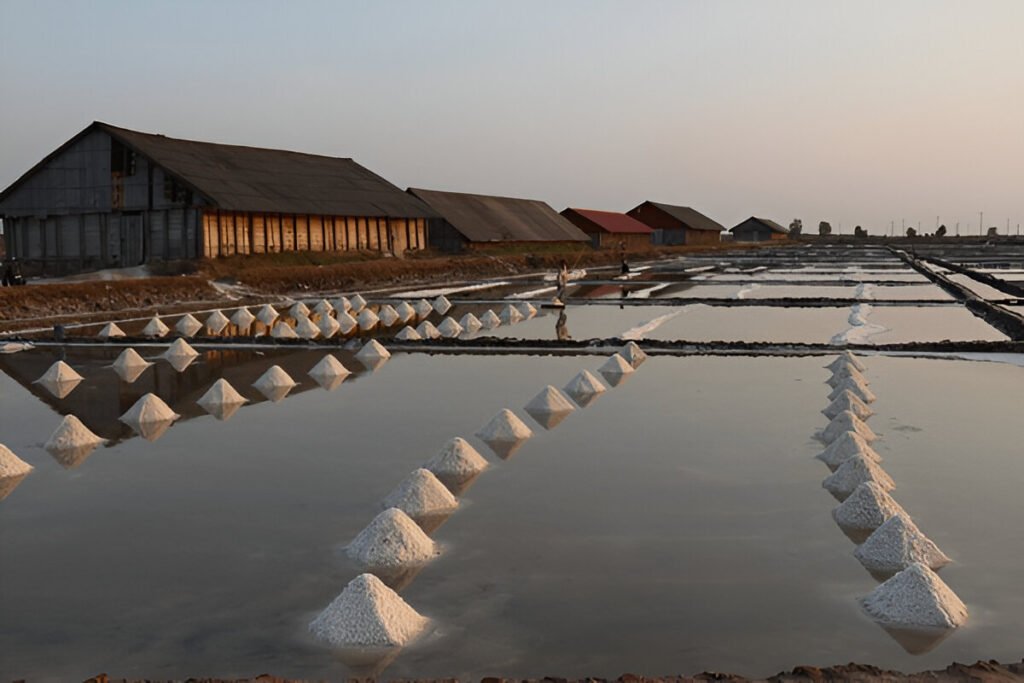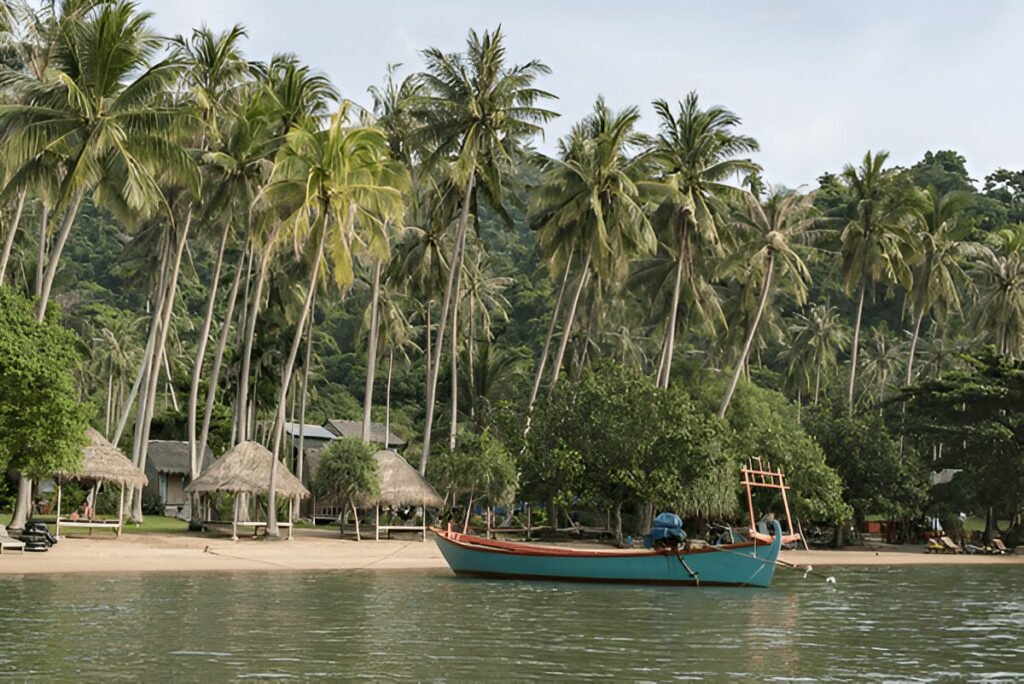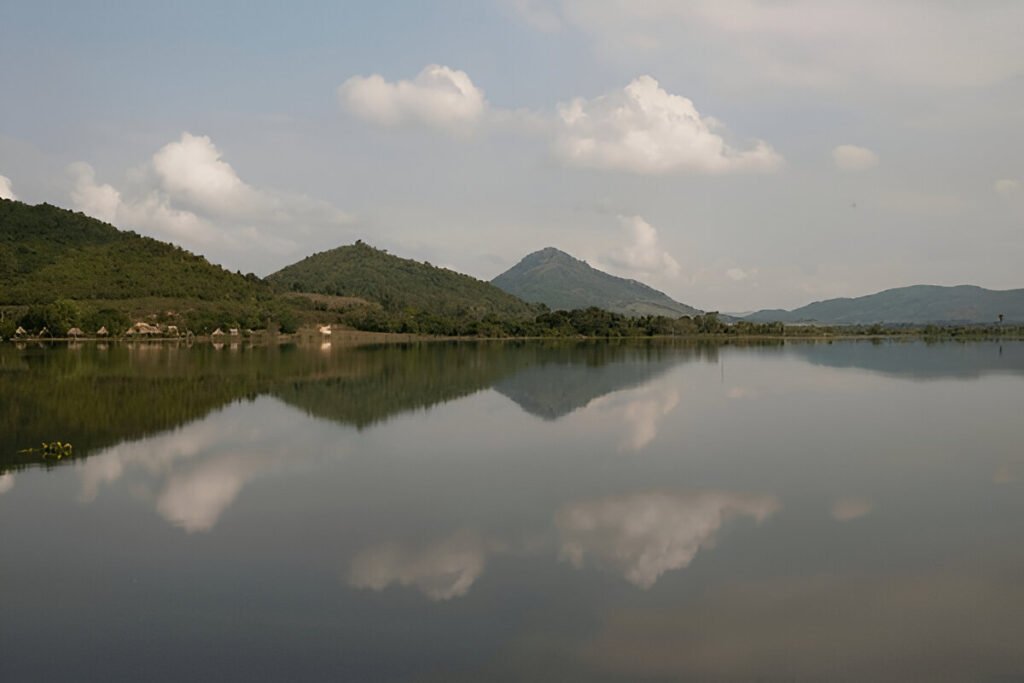Introduction:
Nestled in the northern reaches of Japan, in the stunning Aomori Prefecture, lies one of the most breathtaking natural wonders of the country – Lake Towada. This magnificent caldera lake, formed by the collapse of a volcano around 200,000 years ago, is famed for its deep, crystal-clear waters and the stunning foliage that frames it every autumn. As the largest crater lake in Japan, Lake Towada is a destination that offers visitors an enchanting blend of natural beauty, cultural richness, and historical significance.
Discovering Lake Towada: Japan’s Crater Lake Amidst Autumn Glory
Lake Towada, with its tranquil water surface, is nestled in the heart of the Towada-Hachimantai National Park. It is a spectacle to behold during the autumn months when the surrounding deciduous trees burst into a riot of reds, oranges, and yellows, painting a vivid canvas that reflects beautifully on the mirror-like lake surface. The lake’s coastline has an irregular shape with numerous peninsulas and bays, creating a picturesque landscape. Coupled with views of the caldera’s steep cliff walls, it’s no wonder this destination is considered a scenic masterpiece.
The area surrounding the lake holds significant cultural value, as it has been an inspiration for countless poems and works of art over the centuries. Many visitors take the opportunity to explore the local folk traditions, such as the famous Nebuta Festival, a vibrant summer event featuring large lantern floats. Lake Towada is also home to the Towada Shrine, a Shinto shrine offering peace and tranquility amidst the natural beauty.
Lake Towada is not just a visual marvel; it offers a multitude of activities for the adventurous spirit. One popular activity is boat cruising, which allows visitors to enjoy the panoramic views of the foliage-clad cliffs from the water. Hiking is another popular pastime, with trails winding through the vibrant autumnal forests, leading you to hidden waterfalls and scenic overlooks. For those inclined towards culture and history, the Towada Art Center and the Towada-Hachimantai National Park Visitor Center provide comprehensive insights into the diverse flora, fauna, and history of this enthralling region.
Local Tips:
The best time to visit Lake Towada is during the autumn season, from late September to November, when the foliage is at its most vibrant. Though the weather can be chilly, the stunning autumn colors make it well worth packing some warm clothes. Remember to bring your camera to capture the breathtaking scenery! As for local etiquette, the Japanese are known for their respect for nature, so visitors should make sure to keep the place clean and refrain from disturbing the natural surroundings.
How to Get There:
Lake Towada is accessible by car or by public transportation. From Tokyo, one can catch a bullet train to Hachinohe, and then take a bus to the lake. The journey typically takes around four hours in total. Alternatively, guided tours are available, which include transportation, accommodation, and meals.
Nearby Attractions:
The area surrounding Lake Towada has plenty to offer. The Oirase Stream, with its lush greenery and cascading waterfalls, is a popular hiking spot. For those interested in art and culture, the Towada Art Center is a must-visit. If you fancy a relaxing soak after a day of exploration, the Sukayu Onsen, a traditional Japanese hot spring, is just a short drive away.
Conclusion:
Lake Towada, with its stunning autumn spectacle and rich cultural tapestry, offers an unforgettable Japanese experience. It is a place where natural beauty and history intertwine, creating a destination that captivates the heart and soul. Make sure to add this mesmerizing caldera lake to your Japan travel itinerary. Once you’ve experienced the enchanting allure of Lake Towada in the fall, it’s an experience you’ll cherish forever.






